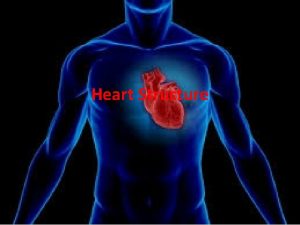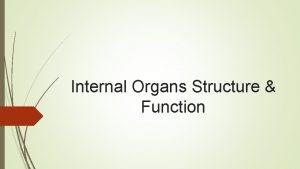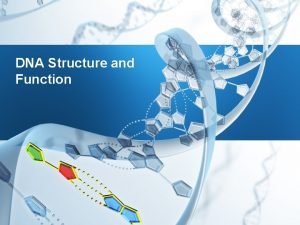Function of the heart o o Structure Heart










- Slides: 10

Function of the heart o o Structure Heart as a pump Electrical behaviour of cardiac cells Ventricular activation This presentation contains an overview of the topics you need to know. The detailed explanations behind this are presented in video fragments which are available on your USB stick. © 18. 1. 1 The function of the heart Unit C 18. 1 Maintaining cardiovascular and monitoring equipment Module 279 19 C Medical Instrumentation II dr. Chris R. Mol, BME, NORTEC, 2017

Anatomic structure of the heart coronary arteries and veins © dr. Chris R. Mol, BME, NORTEC, 2017 Cardiology

Functional diagram of the pumping heart © dr. Chris R. Mol, BME, NORTEC, 2017 Cardiology

Heart Valves heart valves prevent blood flow in the wrong (‘backwards’) direction Tendinous cords Papillary muscles © dr. Chris R. Mol, BME, NORTEC, 2017 Cardiology

Heart Valves and Sounds Diagnosis of heart valve function through ‘auscultation’ © dr. Chris R. Mol, BME, NORTEC, 2017 Cardiology

Cardiac Conduction System and ECG © dr. Chris R. Mol, BME, NORTEC, 2017 Cardiology

Cardiac cells: activation and contraction There are two types of cells within the heart: • cardiomyocytes (heart muscle cells) make up the atria and the ventricles. These cells must be able to shorten and lengthen their fibres and the fibres must be flexible enough to stretch. cardiomyocyte • cardiac pacemaker cells carry the electrical impulses that are responsible for the beating of the heart. They are distributed throughout the heart and are responsible for several functions. First, they are responsible for being able to spontaneously generate and send out electrical impulses. They also must be able to receive and respond to electrical impulses from the brain. Lastly, they must be able to transfer electrical impulses from cell to cell. All of these cells are connected by cellular bridges. Porous junctions called intercalated discs form junctions between the cells. They permit sodium, potassium and calcium to easily diffuse from cell to cell. This makes it easier for depolarization and repolarization in the myocardium. Because of these junctions and bridges the heart muscle is able to act as a single coordinated unit. © dr. Chris R. Mol, BME, NORTEC, 2017 intercalated discs Cardiology

Cardiac cells: activation and contraction © dr. Chris R. Mol, BME, NORTEC, 2017 Cardiology

Heart function: overview © dr. Chris R. Mol, BME, NORTEC, 2015 Cardiology

END The creation of this presentation was supported by a grant from THET: see https: //www. thet. org/



















